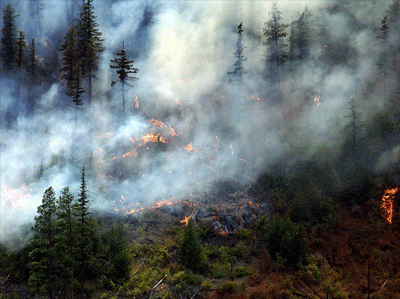Medical Director, Environmental Health Services, British Columbia Center for Disease Control
Author profile

Tom Kosatsky, MD, MPH
Carbon monoxide (CO) exposure is an important but under-appreciated health concern. CO is the leading cause of accidental poisonings in homes, with exposure resulting in severe cardiovascular and neurobehavioral effects... Read More
Wildfire smoke poses public health risks for populations both near to and far from the direct threat of fire. Here we offer evidence-based responses to clinicians’ questions on the health effects of smoke, and highlight... Read More
Toxicants such as lead and mercury pass from mother to fetus, potentially leading to slowed growth and neurodevelopment in the child. Two in five Greater Vancouver residents are immigrants, and nearly one-third arrived... Read More
While the causes of inflammatory bowel disease (IBD) are unclear, evidence indicates that multiple biological and environmental factors are at play. Globally, the highest prevalence of IBD occurs in Europe and North... Read More
This is a revised version of the article published in the January/February 2014 issue (BCMJ 2014;56:29,46). The BC Centre for Disease Control corrected an error that appeared in the first sentence of the third... Read More
Should we be concerned about commercially harvested shellfish in BC? Definitely. Three separate outbreaks of shellfish poisoning were traced to commercially harvested, government-inspected product in recent years. In... Read More
Three of the worst wildfire seasons on record in BC occurred over the past decade, with tens of thousands of people evacuated from communities at risk of fire or hazardous levels of smoke.[1] BCCDC... Read More
Radon is a naturally occurring radioactive gas produced from the fission of uranium in bedrock. Radon decays to alpha-emitting metals that, once inhaled, can damage DNA in the lung’s epithelial surfaces. Radon is the... Read More
In 2010 British Columbia had an exceptional forest fire season. The smoke was thicker and the number of communities affected was greater than in previous years. In the Interior, communities experienced two smoky... Read More
Summertime heat is generally thought not to be an important contributor to population mortality in British Columbia. Although summer temperatures of over 33°C are not uncommon in BC’s lower Fraser Valley and... Read More









